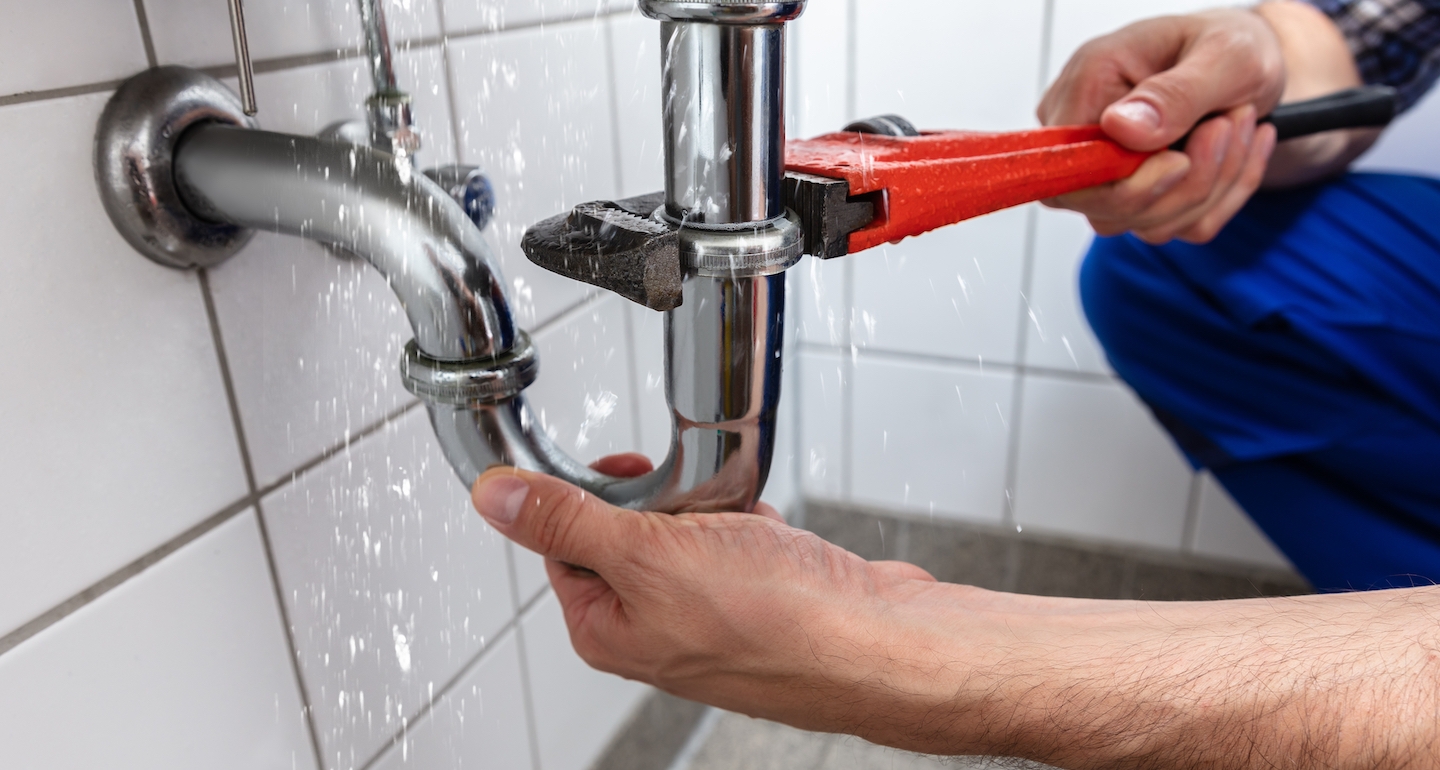In Unprecedented Times, Leroy Merlin Brazil Drives Growth with Online Marketplace

Leroy Merlin is one of the largest DIY & home improvement brands in the world, with nearly 400 stores serving loyal customers in 12 countries. It’s also an eCommerce leader in the category, leveraging an agile platform strategy that uses an online marketplace to meet its customers’ needs.
When Leroy Merlin Brazil launched its marketplace in 2018, it knew that a marketplace was the best way to expand its offerings online – but the retailer had no idea just how valuable the marketplace would become. In the face of COVID-19, Leroy Merlin’s marketplace has become critical to meet the new demand for the DIY and home products customers need most.
Why launch a marketplace? Scale and expand eCommerce offerings
In 2018, Leroy Merlin Brazil decided to launch an online marketplace to extend the range of products that it could offer to customers online. The retailer launched its Mirakl-powered Marketplace to Brazilian customers in November 2018, less than 6 months after the project kicked off.
Loading...
“With our online marketplace, we can offer our customers more products, in both new and existing categories, in a sustainable, scalable way,” said Cristiano C. Athayde, Digital Sales Director, Leroy Merlin Brazil. “Brazil has been the perfect marketplace testing ground for us, and we’re excited to scale our marketplace across the business.”
With the marketplace, Leroy Merlin Brazil is growing its offers in new categories like furniture. The first year of the project was a success by every measure. Leroy Merlin Brazil quickly scaled its online offers by 8X since launch with the help of 300 sellers, growing offers in core categories and expanding into new ones like furniture, mattresses, and air conditioners. Its customers love the marketplace: by the end of 2019, marketplace products made up 30% of Leroy Merlin’s eCommerce sales in Brazil.
Loading...
The project has been such a success that, in May 2020, Leroy Merlin expanded its marketplace strategy to include France, its largest market. As consumer spending shifts online in response to COVID-19, the marketplace will become even more essential to Leroy Merlin’s business.
COVID-19 and Leroy Merlin Brazil’s marketplace
The effects of COVID-19 have been particularly hard on the retail sector. Like many other countries, Brazil closed storefronts to prevent the spread of the coronavirus, pushing consumers online to find the products that they need.
While demand for non-essential goods overall has declined, consumers are spending more to upgrade the space where they’re now spending most of their time. Leroy Merlin’s marketplace sales jumped by 3X during store closures. Even as stores have reopened, marketplace sales are still twice as high as pre-coronavirus levels.
Look no further than the home office category. Unlike other parts of the world, relatively few people work from home in Brazil. Responding to stay-at-home advisories, companies have shifted, and consumers are shopping for monitors, cables, chairs, and furniture to outfit their home offices. In the past month, marketplace sales of furniture have jumped by 163%, mostly driven by office chairs & furniture sales.
The increase in sales aren’t restricted to one-off purchases. Leroy Merlin’s core categories have been growing as well. Sales in the top-selling marketplace category, plumbing, have jumped 50% month-over-month.
Loading...
“Our marketplace has enabled us to be agile and pivot in response to changes in customer demand,” Athayde said. “Even during unpredictable, difficult times, our customers know that we’re the go-to source for everything they need to make their home comfortable. With the help of our seller network, we’re fulfilling that promise.”



